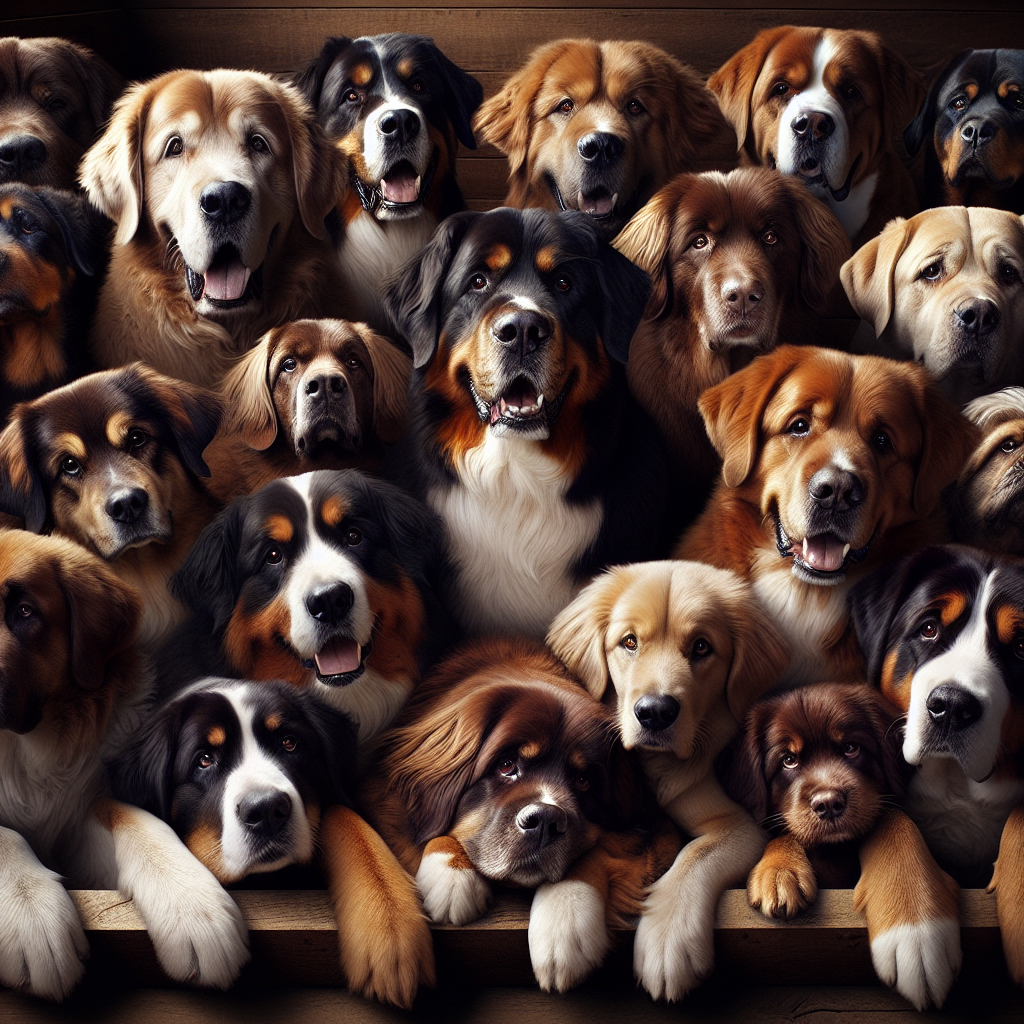Dogs have been man’s best friend for thousands of years, but have you ever wondered about the very first dog in the world? The history of dogs and their domestication is a fascinating subject that dates back to ancient times. In this article, we will explore the origins of the first dog, how they became domesticated, and the impact they have had on human society.
To delve deeper into this topic, we will first examine the scientific theories surrounding the domestication of dogs and the different breeds that have emerged over time. Next, we will explore the various roles that dogs have played in human history, from hunting companions to loyal pets and even service animals. We will also discuss the genetic and physical characteristics that set dogs apart from their wild wolf ancestors. Finally, we will look at the relationship between dogs and humans today and the important role that they continue to play in our lives. Whether you are a dog lover or simply curious about the origins of man’s best friend, this article will provide a comprehensive look at the 1st dog in the world.
What is the First Dog in the World?
When discussing the history of dogs and their origins, many people wonder about the first dog in the world. This question refers to the first domesticated canine that descended from wolves and eventually evolved into the beloved pets we know today. In order to fully explore this topic, it is important to consider the process of dog domestication, the archaeological evidence supporting this theory, and the impact dogs have had on human society throughout history. Let’s delve deeper into the fascinating world of canine evolution and uncover the truth behind the first dog in existence.
The First Dog in the World
While it is impossible to determine the exact breed of the first dog in the world, scientists believe that the first domesticated dogs appeared around 14,000-17,000 years ago. These early dogs were likely descended from wolves and were domesticated by humans for various purposes.
Domestication of Dogs
The domestication of dogs is believed to have started with wolves that were attracted to human campsites by the promise of food. Over time, these wolves began to form a symbiotic relationship with humans, providing companionship, assistance with hunting, and protection.
Evolution of Different Dog Breeds
As humans began to selectively breed dogs for specific traits, different breeds started to emerge. The process of selective breeding led to the development of various dog breeds that we know today, each with its own unique characteristics and abilities.
Modern-Day Dogs
Today, there are hundreds of dog breeds recognized by kennel clubs around the world, ranging from tiny Chihuahuas to giant Great Danes. Dogs continue to be valued companions and working animals, providing love, support, and assistance to humans in various ways.
Conclusion
As of 2021, there are over 340 recognized dog breeds worldwide, each with its own distinct characteristics and history.
- Dogs have a diverse range of coat colors and patterns, while wolves generally have grey or white coats.
- Dogs have floppy ears and curly tails, which are rare in wolves.
- Dogs have a more varied diet compared to the primarily carnivorous wolves.
Conclusion
In conclusion, the identity of the first dog in the world remains a topic of debate among scientists and historians. While genetic studies have provided some insights into the origins of modern dogs, pinpointing the exact breed or individual that can be considered the very first dog is a challenging task. The domestication of wolves into dogs likely occurred thousands of years ago, with various theories proposing different regions and time periods for this transition. Despite these uncertainties, it is clear that dogs have played a significant role in human history and continue to be cherished companions for millions of people worldwide.
Through archaeological findings, genetic research, and historical records, we have been able to piece together a better understanding of the origins of dogs and their close relationship with humans. The bond between humans and dogs has evolved over millennia, shaping both species in profound ways. As we continue to unravel the mysteries surrounding the first dogs in the world, one thing remains certain – our love and appreciation for these loyal and devoted animals endure, making them a cherished part of our lives and families.




